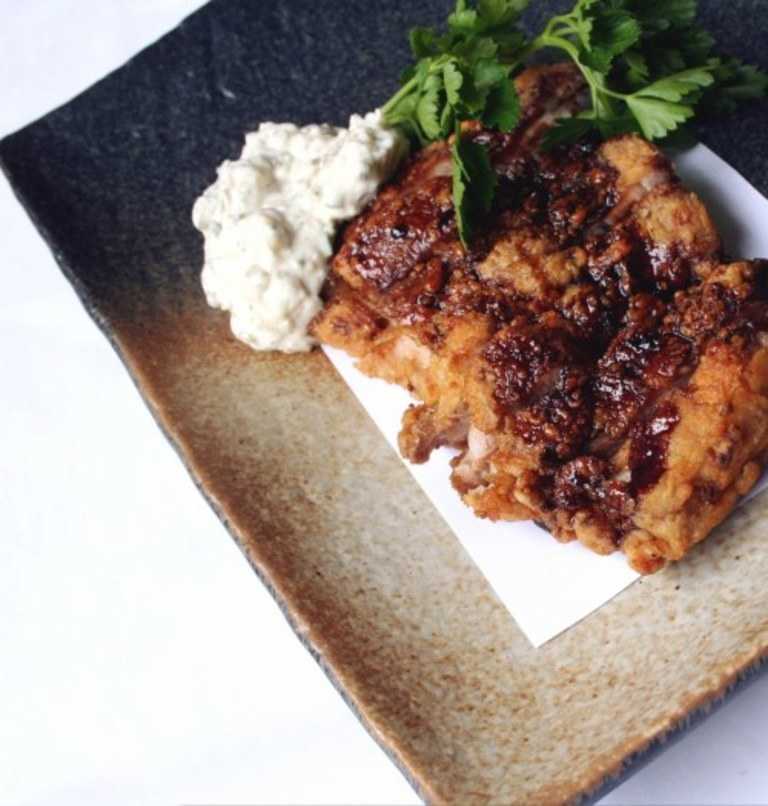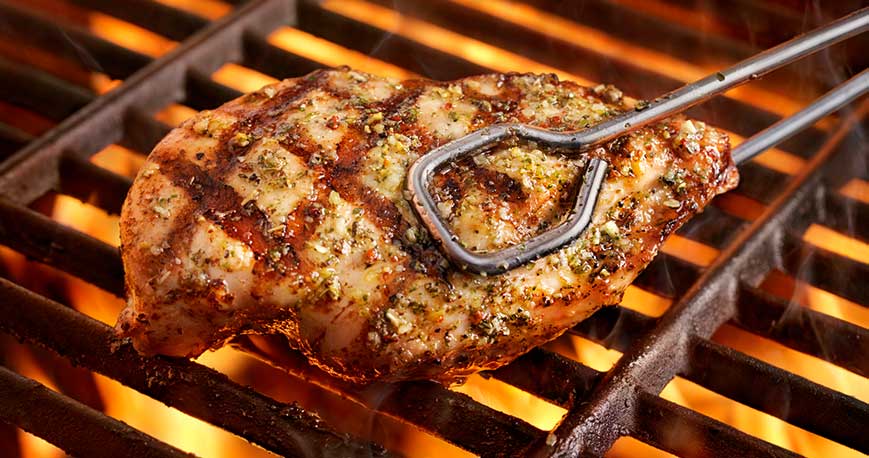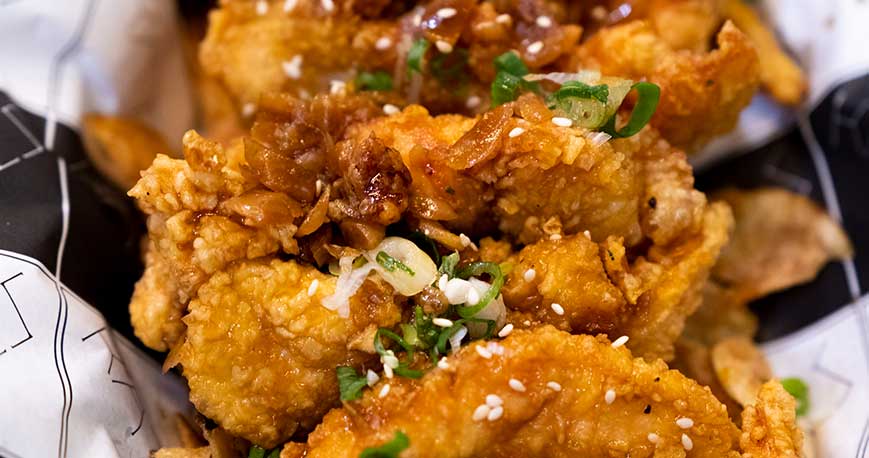More Entrees Recipes
The New Kurozu Nanban
Ingredients
**For the chicken...**
- Chicken Thigh Fillet (boneless and skinless, trimmed of visible fat - I don't think you need the skin for this recipe but you could keep it on if preferred)
- Nihonshu (sake)
- Chopped garlic or garlic powder
- White pepper
- Cornflour and Plain Flour
**For The Glaze...**
- Black vinegar (any kind, I used the Chinese Chinkiang variety)
- Sugar (I used palm sugar but any kind will do I think)
- Soy sauce
Plus tartare sauce to serve. I used the Preserved Lemon Tartare sauce I had left over from yesterday's fish and chips.Instructions
**Long Title:** The New Chicken Nanban with Black Vinegar Glaze and Preserved Lemon Tartare Sauce
This wasn't exactly a long planned recipe. I woke up this morning with nothing to eat and I realised that I had leftover tartare sauce and a wok full of oil from the Fish & Chips I made yesterday. I've always been a big fan of Chicken Nanban so I thought I'd give this a try.
Google tells me that "nanban" translates to "Southern Barbarian" referring to the history of this dish, which was adapted from the Portuguese *escabeche* where fried fish were pickled in vinegar for sea voyages. Early Portuguese sailors brought this to Japan and *nanban-zuke* is a fairly common method of preserving horse mackarel in the Miyazaki area. The original Chicken Nanban was developed at the Ogura resturant in Miyazaki city in 1956 and consisted of fried chicken steeped in a rice vinegar solution. This is one part of Japanese cuisine I don't really get - soaking deep fried things so that they become soggy. To me, deep frying is all about the crispness so I thought I would do this chicken dish a little differently.
1. First marinade the chicken in some nihonshu (sake), some garlic powder and white pepper. Leave in the marinade for around half an hour.
2. Sift together equal parts of cornflour and plain flour. Season well with salt and white pepper.
3. To make the glaze, in a small saucepan add a few tablespoons of black vinegar, a tablespoon or so of soy and a tablespoon of sugar. Add a dash of vegetable oil and little water and then bring to a simmer. The glaze is done when it is glossy and slightly sticky. Be careful not to burn it as once the sugar caramelises it will turn quickly. Of course, as everything is black anyway you can't tell so you just have to estimate when to stop from the consistency and the aroma.
4. While the glaze is simmering, heat your oil to around medium heat. The chicken will take around 6-8 minutes to cook so keep the heat moderate so as not to over-brown the crust.
5. Dredge the chicken in flour and add to the hot oil. The chicken is done when it floats and is a light golden colour, probably around 6 minutes or so if it's quite a thick thigh fillet. Set aside the chicken to rest a few minutes.
6. To serve, drizzle the chicken with the hot glaze, slice and serve on a plate with plenty of tartare sauce.More Entrees Recipes


